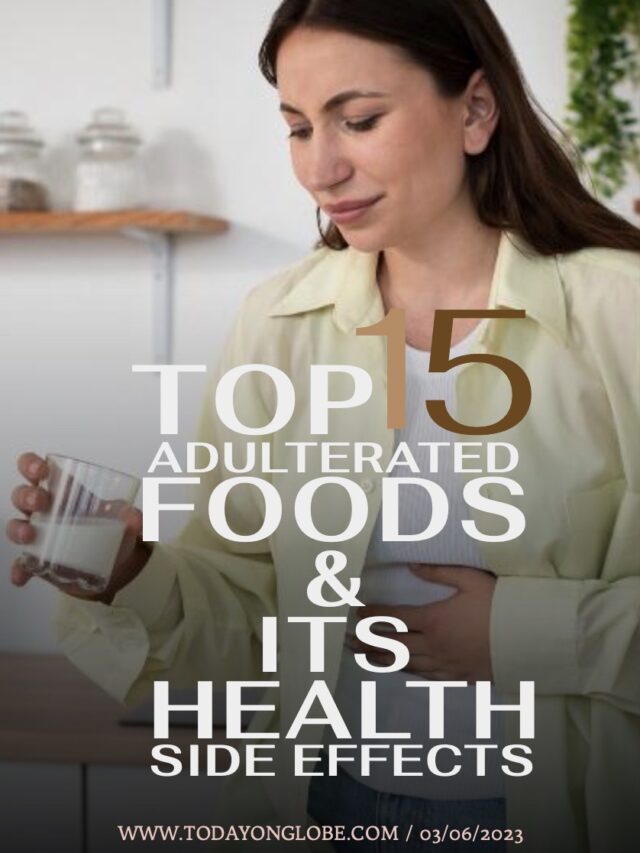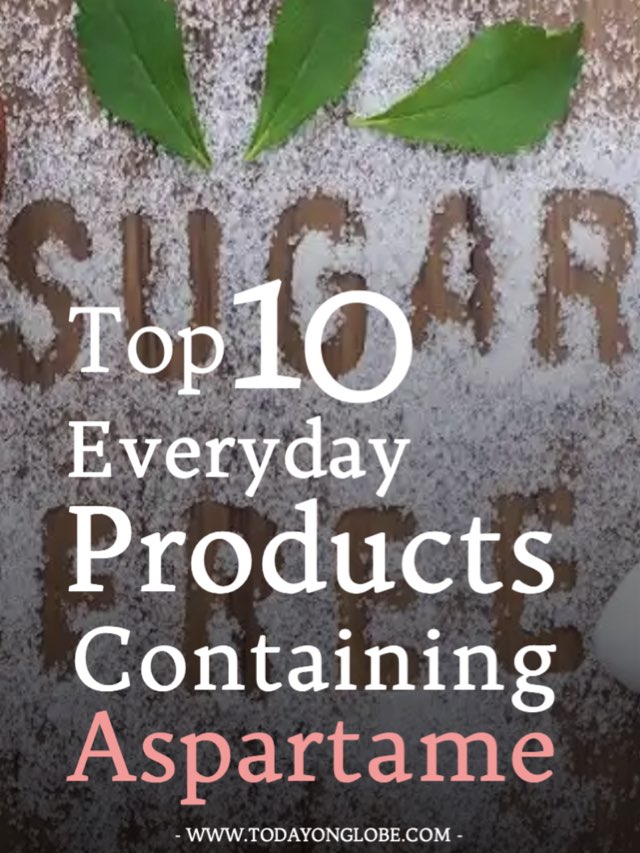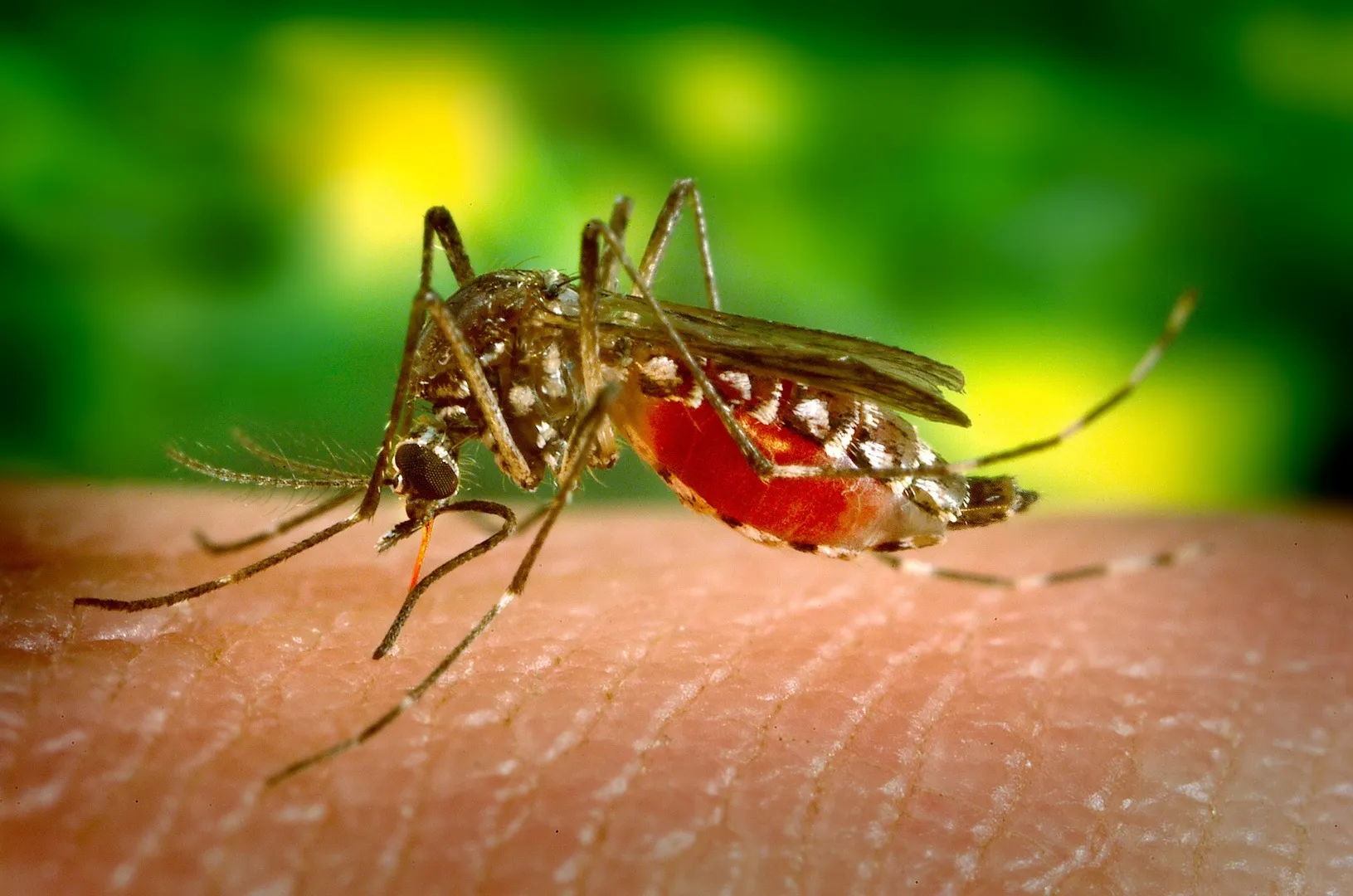A worrying study has found that a considerable amount of the food ingested by people today is tainted by adulteration. This concerning trend of food adulteration has engulfed nations all over the world, posing serious threats to public health.

Credit: Freepik
The widespread adulteration of food commodities jeopardizes their quality, safety, and nutritional value. Studies suggest that approximately 40% of food products worldwide are adulterated to some extent, with varying degrees of severity.
Adulteration is the intentional addition of substandard or harmful components to food goods, which is typically driven by a desire for financial gain. According to surveys conducted in multiple countries, it is estimated that nearly 60% of individuals are unaware that they have consumed adulterated food at some point of time in their lives. This lack of awareness exposes them to the inherent risks associated with consuming adulterated products.
Credit: Valuavitaly on Freepik

This immoral practice includes dairy products, cooking oils, spices, cereals, drinks, meat, fish, eggs, and even infant food.
Toxic chemicals, subpar ingredients, fake colors, dangerous preservatives are examples of common adulterants. The effects of regularly ingesting contaminated food can be severe, ranging beyond food poisoning and gastrointestinal ailments.
Credit: DCStudio on Freepik
Prolonged exposure to these contaminated items can cause a variety of chronic ailments, jeopardizing people’s health.

Following are some of the long-term health hazards associated with ingesting contaminated food
Cancer: Certain dietary additives have been linked to an increased risk of acquiring malignancies such as gastrointestinal, liver, and gall bladder cancer.
Cardiovascular disorders: contaminated food oils and meat products with dangerous additives such as excess salt, unhealthy fats, or cholesterol-raising chemicals can lead to heart ailments such as hypertension, atherosclerosis, and heart attacks.
Diabetes: Adulteration of sweeteners and carbohydrate-rich foods can affect blood sugar levels, potentially leading to the development or aggravation of diabetes.
Kidney damage: Certain dietary adulterants, such as heavy metals or chemicals, can impair kidney function and contribute to kidney disease or renal failure.
Neurological disorders: Adulteration in food products with neurotoxic substances such as lead or mercury has been linked to neurological disorders such as cognitive impairments, developmental delays in children, and even neuro-degenerative conditions such as Alzheimer’s and Parkinson’s disease.
Allergic responses: Adulterated food items, particularly those containing unknown allergens, can cause severe allergic reactions in sensitive individuals, resulting in respiratory distress, skin rashes, and anaphylaxis.
Credit: Freepik
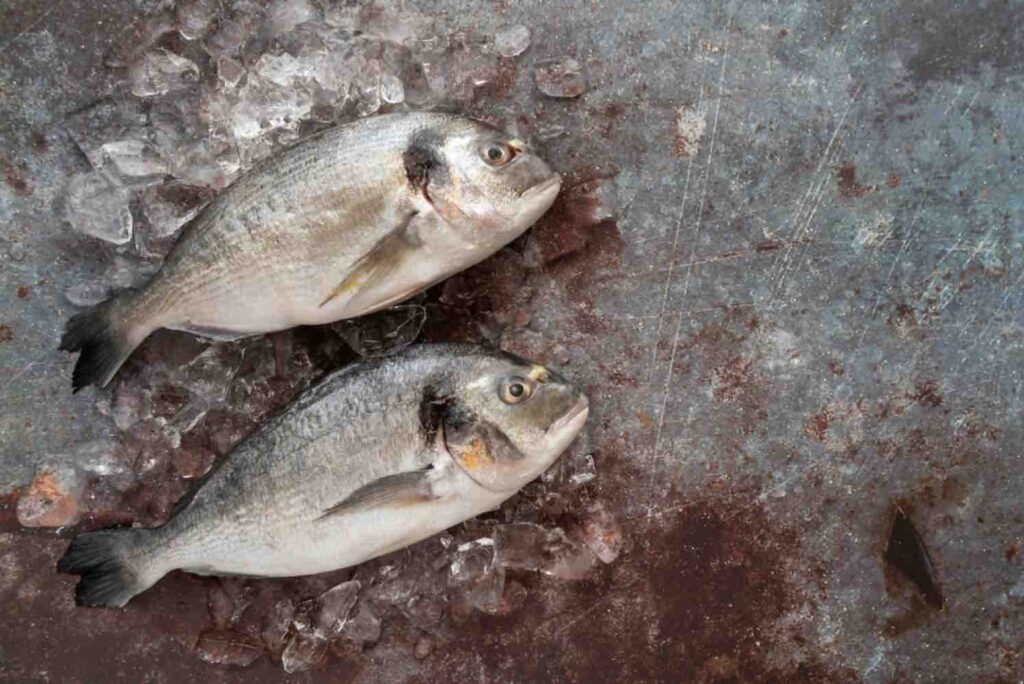
The problem of adulteration does not just affect plant-based goods. This issue affects even animal-derived foods, including dairy, meat, fish, and eggs.
Unscrupulous practices involve use of water or chemical solutions in meat in order to enhance its weight and profit. To retain freshness and disguise rotting, fish are contaminated with formalin or other chemicals. To improve the look of eggs, artificial coloring or chemical treatments are used. Consuming such tainted animal products exposes people to extra health hazards, such as antibiotic resistance, hormone abnormalities, and gastrointestinal illnesses.
The primary incentive for food adulteration is financial gain. Unscrupulous individuals and businesses strive to maximize profits by lowering prices, swapping pricey materials for less expensive substitutes, or prolonging the shelf life of perishable goods.
Adulteration also arises as a result of insufficient regulatory monitoring, a lack of quality control procedures, and a complicated global supply chain, allowing contaminated items to enter the market undetected.
To fight this persistent issue, governments, regulatory organizations, and business partners must adopt a diversified strategy. This includes:
Strengthening regulations: Governments should adopt and implement strong rules and regulations to prohibit adulteration practices. Offender penalties must be harsh enough to act as a deterrent.
Increased inspections and monitoring: To guarantee compliance with quality requirements, food manufacturing facilities, processing units, and supply chains must be inspected on a regular and thorough basis.
Education and awareness: Public awareness campaigns should be performed to educate consumers about the consequences of adulteration, how to identify it, and the necessity of reporting suspect products.
Empowering consumers: Providing accurate and clear information through labeling, certifications, and quality marks empowers customers to make educated decisions and recognize trustworthy products.
Collaboration and international cooperation: governments, regulatory authorities, and international organizations should collaborate to set global standards, enable information sharing, and promote best practices in combating food adulteration.
If an adulterated food product is identified, quick action must be taken. The first step is to carefully save a sample of the contaminated product as proof. Consumers should next contact the appropriate authorities, such as local health departments, food safety agencies, or consumer protection groups, to report the occurrence and submit a complaint. Timely reporting is critical for resolving the situation and averting future public harm.
Given the pervasiveness of the problem, it is critical for countries and international organizations to collaborate and exchange best practices in combating food adulteration. Collective efforts can assist in setting global standards, ease information exchange, and encourage international collaboration to safeguard the safety and integrity of the food supply chain.
Methods for detection of common harmful substances in food
Food adulteration is a serious problem because it poses a serious health risk to consumers. Identifying common degradation agents in food is essential to ensure the safety and quality of the products we use. Here we discuss some simple methods to detect adulteration of common foods.
Identification of Milk Adulteration:
- Water: Check if there is water in the milk, place a drop of milk on the polished slope. Pure milk either stays still or flows slowly, leaving a white trail behind. Milk made with water drains away immediately without leaving a trace.
- Starch: If you want to detect starch distortion in milk, add a few drops of iodine tincture or iodine solution. If the milk turns blue, it indicates the presence of starch. Iodine solution is readily available in pharmacies.
Credit: Azerbaijan Stockers on Freepik
- Urea: To check whether milk contains urea, take few teaspoons of milk in a small glass container and add half a teaspoon of soya or arhad/urad dal powder also called as white lentil flour. Stir the mixture thoroughly and dip the red litmus paper into it (litmus paper is used to assess the acidic content). If the color of the paper strip changes from red to blue, it means that there is urea in the milk.
- Hydrogenated Vegetable Oil: To detect hydrogenated vegetable oil in milk, take 3 ml of milk in a small glass container and add 10 drops of hydrochloric acid. Stir in a spoonful of sugar and let stand for 5 minutes. If the mixture turns red, it indicates presence of hydrogenated vegetable oil.
- Formalin: Formalin is a chemical used to preserve milk. To detect formalin, take 10 ml of milk in a small glass container and add 5 ml of concentrated sulfuric acid from the sides wall of the container without shaking. If a purple or blue ring appears at the intersection of the two layers, this indicates the presence of formalin.
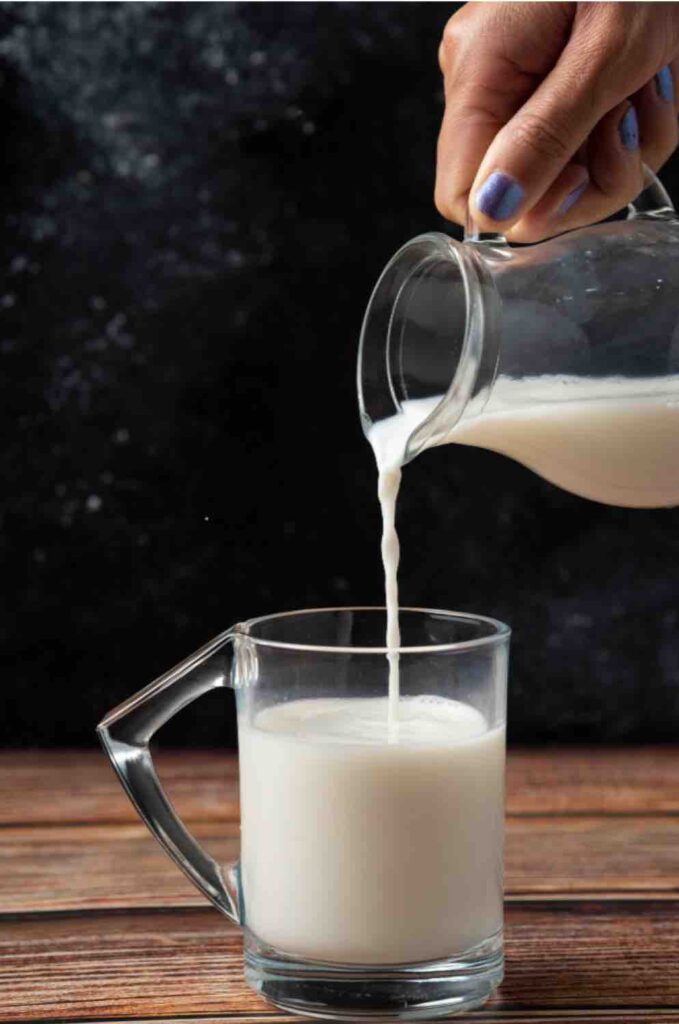
- Detergent: Take in a small glass bottle/jar and add 5-10 ml of milk with an equal amount of water & shake the mixture thoroughly. If foam forms, this indicates that there is detergent in the milk.
- Synthetic milk: Synthetic milk can be recognized by its bitter aftertaste, by the soapy feel when rubbed between the fingers, and by its yellowing when heated. You can use Urease strips available in pharmacies to test milk protein, because synthetic milk does not contain protein. Take some milk in a small glass container and dip a strip into the milk for 30 sec to 1 min. If the strip changes the color then it shows the sample of milk contains glucose. In addition, a positive glucose test with Urease strips indicates that glucose or invert sugar has been added to the synthetic milk.
Coal Tar Colors in Clarified Butter(Ghee), Cottage Cheese, Milk concentrate, Milk powder: To detect coal tar colors in these products, add 5-10ml of dilute sulfuric acid or concentrated hydrochloric acid to few teaspoon of heated molten sample in a small glass container. Shake well and observe the color change. A pink color (with sulfuric acid) or purple (with hydrochloric acid) indicates the presence of coal tar dyes.
Yogurt: Check the presence of hydrogenated vegetable oil in curd by taking a teaspoonful of curd in a small glass container. Add 10 drops of hydrochloric acid and shake the mixture gently. Follow the mixture after 5 minutes. The presence of red indicates vanaspati (fully or partially hydrogenated vegetable cooking oil) in the curd.
Credit: Azerbaijan Stockers on Freepik
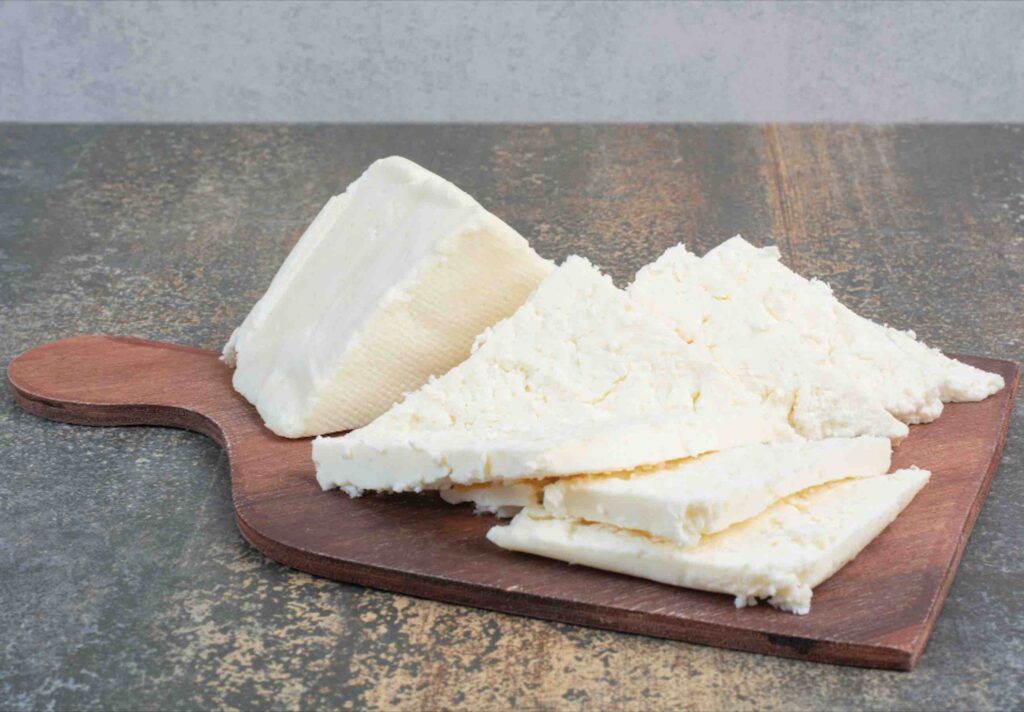
Cottage Cheese: The detection of starch in cottage cheese and its products by boiling a small sample in water. Allow to cool and add a few drops of iodine solution. The formation of a blue color indicates the presence of starch in it.
Clarified Butter(Ghee): To detect ghee adulteration, take a teaspoon of melted ghee and mix it with an equal amount of concentrated hydrochloric acid in a small airtight glass container. Add a pinch of sugar and shake the container for a minute. Let it stand for five minutes. If the lower acid layer is purple, it means old stem or margarine (margrine is less saturated fatty acids than butter/ghee & does not have any healthy saturated fatty acids). Also, to check hydrogenated vegetable oil in butter or margarine, do the test mentioned above. In addition, the presence of potato or other starch can be detected by adding a few drops of iodine. If the iodine turns blue, it indicates the presence of starch.
Cooking Oil: To detect prohibited colors in cooking oil, take 10 ml of the sample in a small glass container and add 5 ml of concentrated hydrochloric acid. Shake the mixture gently and let it stand for 10 minutes. If any color separates from the upper layer of the solution, it indicates the presence of a forbidden color.
Coconut Oil: You can identify other oils mixed with coconut oil by placing a small bottle of oil in the refrigerator. If the coconut oil solidifies and separates from the fracture as a separate layer, this indicates the presence of another oil.
Identification of sweeteners:
A) Sugar: Dissolve a small amount of sugar in water and check for an ammonia smell, which indicates the presence of urea.
B) Honey: Dip a cotton ball in pure honey and light it with a match. Pure honey will burn, while adulterated honey with added water will not burn or crackle.
C) Jaggery:
1. Washing Soda: Add a few drops of hydrochloric acid to the jaggery solution. If there is bubbling, it indicates the presence of washing soda.
2. Methane Yellow Color: Check for methane yellow by mixing jaggery with alcohol and hydrochloric acid. The pink color indicates the presence of this forbidden color.
3. Sugar solution: Add a drop of honey to a glass of water. If the drop separates, it indicates the presence of added sugar.
D) Brown Sugar: Add hydrochloric acid to some brown sugar. Effervescence or the occcurance of bubbles indicates the presence of washing soda. Alternatively, dip red litmus paper into the sugar solution. If there is washing soda, the litmus paper will turn blue.
Identification of foods and their products:
A) Wheat, Rice, Maize, Millet, Chickpeas, Barley etc
- Visually inspect for foreign matter such as dust, rocks, stones, straw, weed seeds, damaged grains, maggots, insects, rodent hairs and droppings.
B) All Purpose Flour/Rice: Test for boric acid by dissolving a small amount of sample in a test tube with water, followed by a few drops of hydrochloric acid. When the turmeric paper strip turns red, it indicates the presence of boric acid.
Credit: Azerbaijan Stockers on Freepik
C) Wheat, bajra and other grains: Ergot (a mushroom containing a poisonous substance): Purple black, longer grains in Bajra indicate the presence of ergot. Floating such grains in a salt solution will help differentiate them from sound grains.
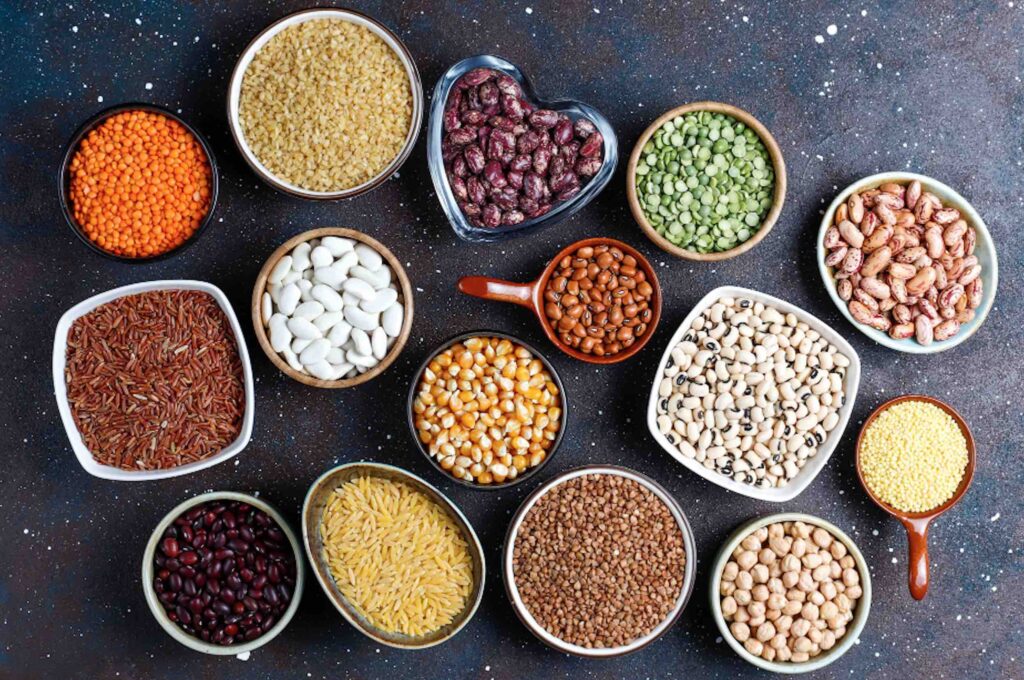
Turmeric: A spice famed for its golden hue, has been discovered to be often contaminated and may have lead chromate and powdered chalk as adulterants.
- A simple test at home may be used to check the purity of turmeric.In a tumbler full of warm water add a teaspoon of turmeric powder and let it settle down.In case turmeric powder settles down at the bottom of the tumbler leaving pale yellow color in the water,then it is pure turmeric.But in case of adulterated turmeric, it dissolves in water and color of water changes to dark yellow.
- For lead chromate detection ,take a pinch of turmeric powder in a test tube and add few drops of concentrated hydrochloric acid to it.If the solution turns pink after shaking,it indicates presence of lead chromate(bright metanil yellow) in the turmeric powder.
- For powdered chalk detection , take a teaspoon of turmeric powder with few drops of water and Hydrochloric acid in a test tube.In case there are bubbles in the solution,it is indicative of presence of powdered chalk in the turmeric powder.
Wheat: Adulteration in wheat flour has been discovered in two ways.
- Excess bran, a lower-grade component, may be discovered by distributing flour on a water surface. If the bran floats on the surface, it indicates the presence of adulterants.
- Chalk powder, another typical adulterant because of its weight, may be discovered by shaking the flour sample with weak hydrochloric acid. Effervescence implies the presence of chalk.
Adulterated spices include black pepper, cloves, and mustard seeds
- Black pepper: Isolated from papaya seeds, which are shrunken, oval in form, and greenish brown or brownish black in color. Light black pepper floats, but real black pepper berries sink. Coated spices emit a kerosene-like odor, such as black pepper coated in mineral oil or cloves coated in mineral oil.
- Tea leaves, saffron, and salt, have also been found to be adulterated. Exhausted tea leaves can be identified by staining a filter paper with water-sprinkled tea leaves. Only genuine tea leaves will be shown. In the event of authentic tea, there will only be a tiny greenish-yellow color owing to chlorophyll, which will show after some time.
Sweet Potato: Using a cotton piece soaked in liquid paraffin, massage the exterior red surface of the sweet potato. If the cotton absorbs color, this implies that Rhodamine B colors were used on the sweet potatoes exterior surface.
Vinegar: Test using Metanil yellow, a pH indicator indicator paper strip. After dipping the strip in vinegar if the color changes from yellow to pink, mineral acid is present.
Finally, the rising frequency of contaminated food items globally poses a serious threat to public health. This problem requires prompt responses from all stakeholders. Governments must enhance rules and enforcement procedures, while consumers must educate themselves about identifying adulteration and aggressively report suspect items. We can defend the health and well-being of people all around the world by working together to restore trust in the safety of the food we eat.
WEB STORIES FOR YOU
Stay connected with Today On Globe for the latest Global Issues and News Updates.
Explore more related articles at [TOG News / TOG Article]


